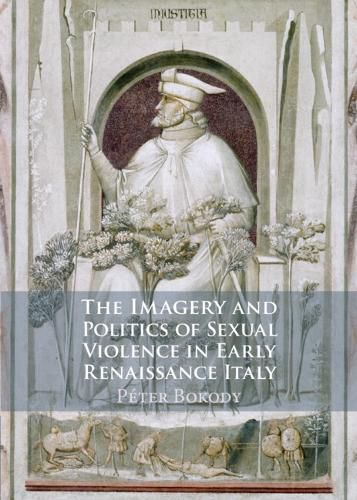Readings Newsletter
Become a Readings Member to make your shopping experience even easier.
Sign in or sign up for free!
You’re not far away from qualifying for FREE standard shipping within Australia
You’ve qualified for FREE standard shipping within Australia
The cart is loading…






This book is the first comprehensive study of images of rape in Italian painting at the dawn of the Renaissance. Drawing on a wide range of primary sources, Peter Bokody examines depictions of sexual violence in religion, law, medicine, literature, politics, and history writing produced in kingdoms (Sicily and Naples) and city-republics (Florence, Siena, Lucca, Bologna and Padua). Whilst misogynistic endorsement characterized many of these visual discourses, some urban communities condemned rape in their propaganda against tyranny. Such representations of rape often link gender and aggression to war, abduction, sodomy, prostitution, pregnancy, and suicide. Bokody also traces how the new naturalism in painting, introduced by Giotto, increased verisimilitude, but also fostered imagery that coupled eroticism and violation. Exploring images and texts that have long been overlooked, Bokody’s study provides new insights at the intersection of gender, policy, and visual culture, with evident relevance to our contemporary condition.
$9.00 standard shipping within Australia
FREE standard shipping within Australia for orders over $100.00
Express & International shipping calculated at checkout
This book is the first comprehensive study of images of rape in Italian painting at the dawn of the Renaissance. Drawing on a wide range of primary sources, Peter Bokody examines depictions of sexual violence in religion, law, medicine, literature, politics, and history writing produced in kingdoms (Sicily and Naples) and city-republics (Florence, Siena, Lucca, Bologna and Padua). Whilst misogynistic endorsement characterized many of these visual discourses, some urban communities condemned rape in their propaganda against tyranny. Such representations of rape often link gender and aggression to war, abduction, sodomy, prostitution, pregnancy, and suicide. Bokody also traces how the new naturalism in painting, introduced by Giotto, increased verisimilitude, but also fostered imagery that coupled eroticism and violation. Exploring images and texts that have long been overlooked, Bokody’s study provides new insights at the intersection of gender, policy, and visual culture, with evident relevance to our contemporary condition.